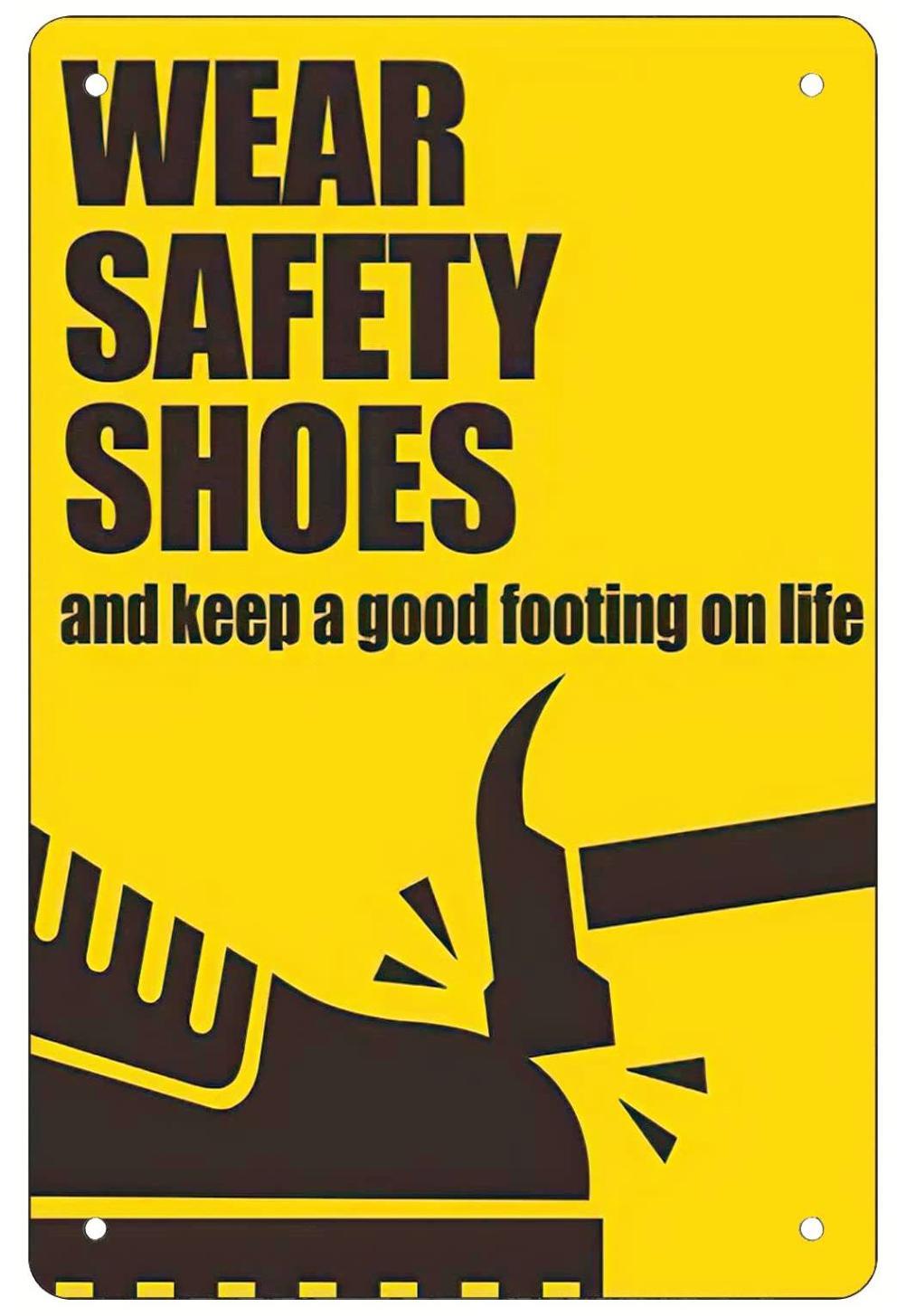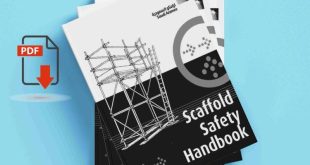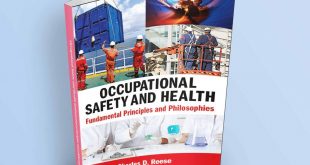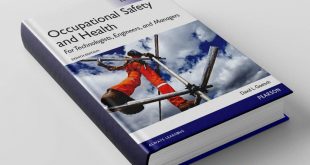Introduction
In our journey through life, it’s crucial to prioritize safety and well-being. One aspect often overlooked is foot protection, which can significantly impact our overall safety and mobility. Safety shoes play a vital role in providing the necessary support and shielding against potential hazards. Whether you’re working in a hazardous environment or engaging in outdoor activities, wearing the right safety shoes can help you keep a good footing on life.
The Importance of Safety Shoes
Safety shoes are designed to safeguard your feet from various workplace hazards and reduce the risk of injuries. They are specifically engineered to protect against impacts, compression, punctures, and electrical hazards. By wearing safety shoes, you not only protect yourself but also enhance your confidence and peace of mind.
One primary benefit of safety shoes is their ability to prevent slips, trips, and falls. The outsoles of these shoes are designed with slip-resistant properties, providing excellent traction on slippery surfaces. This feature is particularly crucial in industries where floors can be wet or greasy, such as manufacturing or food service.
Types of Safety Shoes
There are several types of safety shoes available, each designed to cater to different workplace requirements. Here are three common types:
- Steel Toe Shoes: Steel toe shoes feature a protective cap made of steel to safeguard toes from heavy objects and compression. They are ideal for industries involving heavy machinery, construction, and manufacturing.
- Composite Toe Shoes: Composite toe shoes are made of lightweight materials like carbon fiber or Kevlar. They offer similar protection as steel-toe shoes but are non-metallic, making them more suitable for environments with metal detectors or electrical hazards.
- Electric Hazard Shoes: Electric hazard shoes provide insulation against electrical shocks. They are specifically designed for workers in industries where they are exposed to live electrical circuits or high voltage.
Choosing the Right Safety Shoes
When selecting safety shoes, it’s essential to consider various factors to ensure the best fit and protection for your feet. Here are some key considerations:
- Assessing Workplace Hazards: Identify the specific hazards present in your workplace, such as falling objects, sharp materials, or electrical risks. Choose safety shoes that offer appropriate protection against those hazards.
- Proper Fit and Comfort: Safety shoes should fit well and provide adequate support. Look for shoes with cushioning, arch support, and breathable materials to enhance comfort during long work hours.
- Quality and Durability: Invest in high-quality safety shoes that can withstand the demands of your work environment. Durable construction and materials will ensure long-lasting protection and value for your investment.
Maintenance and Care for Safety Shoes
To maximize the lifespan and effectiveness of safety shoes, proper maintenance and care are essential. Follow these guidelines:
- Cleaning and Inspections: Regularly clean your safety shoes to remove dirt, debris, and contaminants. Inspect them for any signs of damage, such as worn-out soles or compromised protective features.
- Replacing Worn-Out Shoes: Over time, safety shoes can wear out due to constant use and exposure to harsh conditions. Replace them when they no longer provide adequate protection or exhibit significant signs of wear and tear.
Safety Shoes for Specific Industries
Different industries have unique safety requirements, and safety shoes are tailored to meet those needs. Here are a few examples:
- Construction and Heavy Machinery: Construction sites and heavy machinery operations involve risks like falling objects, sharp materials, and heavy equipment. Safety shoes with steel toe caps and puncture-resistant soles are crucial for protecting feet from potential hazards.
- Manufacturing and Warehousing: Manufacturing facilities and warehouses often have slippery surfaces, heavy loads, and moving machinery. Safety shoes with slip-resistant outsoles and impact protection are essential for ensuring worker safety.
- Healthcare and Hospitality: In healthcare settings, safety shoes are crucial to protect against biohazards, spills, and sharp objects. Slip-resistant soles and waterproof features are necessary for nurses, doctors, and hospitality staff working in demanding environments.
Benefits of Wearing Safety Shoes
Wearing safety shoes provides numerous benefits, both for individuals and organizations. Here are some advantages:
- Injury Prevention: Safety shoes significantly reduce the risk of foot injuries, including fractures, lacerations, and punctures. They create a barrier against workplace hazards and help maintain a safe working environment.
- Increased Productivity and Efficiency: When employees feel safe and comfortable in their footwear, it positively impacts their focus, productivity, and overall job satisfaction. Safety shoes contribute to better performance and efficiency.
- Compliance with Safety Regulations: Many industries have specific safety regulations that require employees to wear appropriate protective gear, including safety shoes. By adhering to these regulations, organizations demonstrate their commitment to employee welfare and avoid potential penalties.
Conclusion
Wearing safety shoes is a proactive step towards ensuring personal safety and well-being in various environments. From protecting against hazards to preventing slips and falls, safety shoes are essential gear for individuals in numerous industries. By selecting the right pair and maintaining them properly, you can keep a good footing in life while confidently pursuing your goals.
FAQs
Q: What are the key features to look for when buying safety shoes? A: When purchasing safety shoes, consider features such as toe protection (steel or composite), slip resistance, electrical hazard protection, comfort, and durability.
Q: Can safety shoes be worn outside of work? A: While safety shoes are primarily designed for workplace protection, some models offer a balance between safety features and casual style, allowing them to be worn outside of work.
Q: How often should safety shoes be replaced? A: Safety shoes should be replaced when they no longer provide adequate protection or show significant signs of wear and tear. Regular inspections and monitoring of their condition are crucial.
Q: Are safety shoes suitable for people with foot conditions? A: Safety shoes can be beneficial for individuals with foot conditions as they offer additional support, protection, and comfort. It is advisable to consult with a healthcare professional to find the most suitable options.
Q: Can safety shoes be customized for style preferences? A: Some safety shoe manufacturers offer customization options for style preferences, allowing individuals to choose colors, designs, and additional features while maintaining the necessary safety standards.
 Boilersinfo Boiler and Mechanical Power Digital Library
Boilersinfo Boiler and Mechanical Power Digital Library






